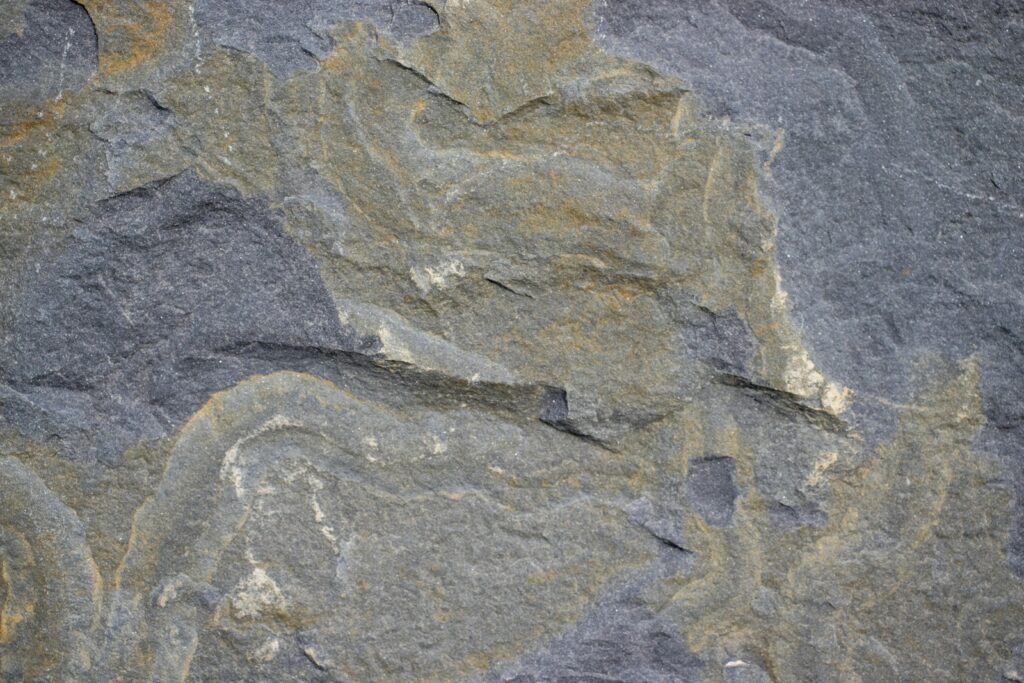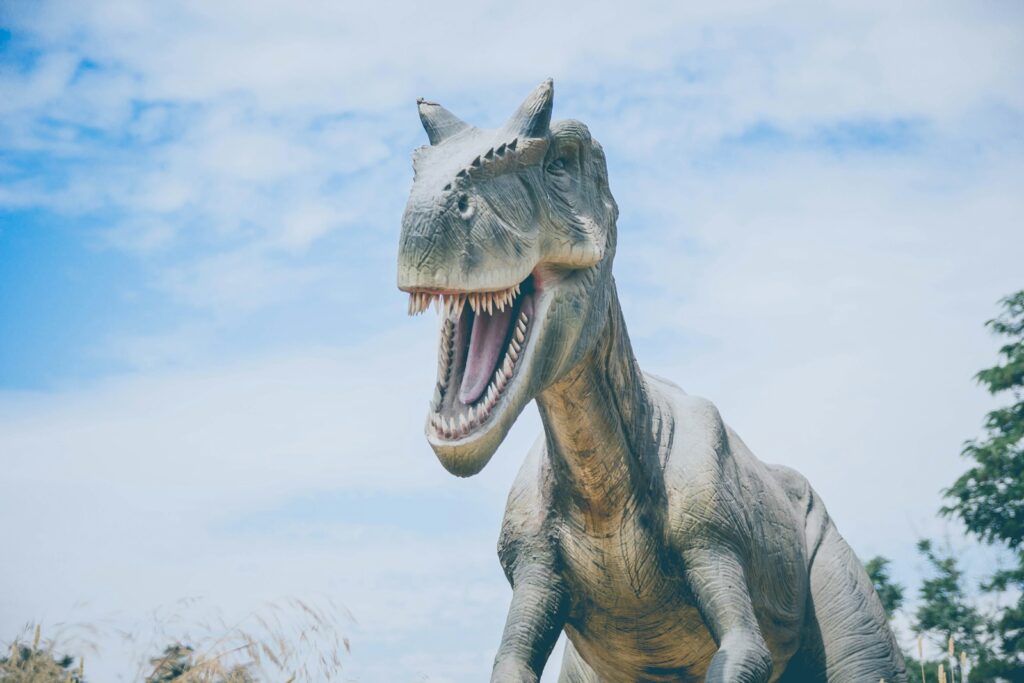Approximately 76 million years ago, in what is now Montana, a remarkable dinosaur roamed the prehistoric landscape — one that would eventually revolutionize our understanding of dinosaur behavior. Named Maiasaura (pronounced my-ah-SAWR-ah), meaning “good mother lizard,” this dinosaur species has provided paleontologists with extraordinary evidence of parental care in the dinosaur world. First discovered in 1978 by paleontologist Jack Horner and his team, Maiasaura fossils have helped reshape scientific understanding of dinosaur social behavior and reproductive strategies. The discovery of nests, eggs, and juvenile specimens in various growth stages suggested something unprecedented: these dinosaurs didn’t simply lay eggs and abandon them but appeared to care for their young in nest colonies. This revelation challenged the long-held notion that dinosaurs were solitary, cold-blooded reptiles with minimal parental investment, instead painting a picture of social, nurturing creatures more similar to modern birds than previously thought.
The Discovery that Changed Dinosaur Science
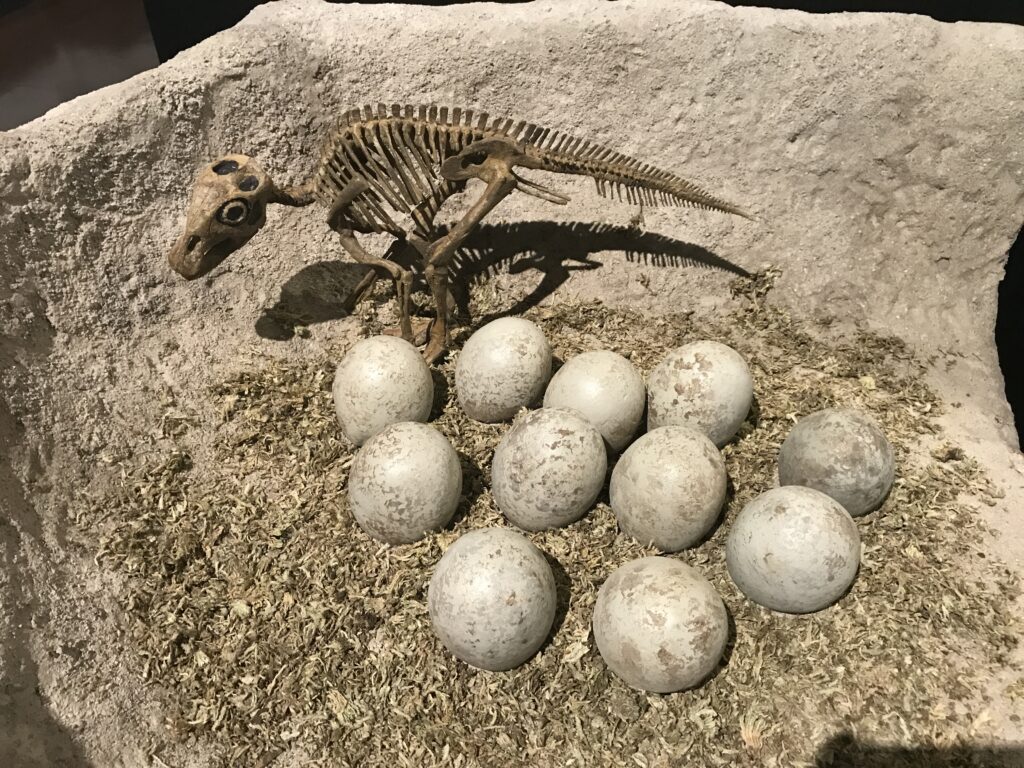
The story of Maiasaura begins in 1978 when paleontologist Jack Horner and his colleague Bob Makela made a groundbreaking discovery in western Montana. While exploring the Two Medicine Formation, they uncovered a series of nests containing dinosaur eggs, embryos, and juvenile specimens at different stages of development. What made this find exceptional was the arrangement of the nests in colonies and evidence suggesting that adult dinosaurs returned to these nests over time. Named “Egg Mountain,” this site yielded hundreds of specimens that would become crucial to understanding dinosaur behavior. The discovery was so significant that it fundamentally altered scientific perceptions about dinosaur reproduction and social structure. Horner’s finds suggested behaviors previously unattributed to dinosaurs, leading him to name this new species “Maiasaura,” combining the Greek words “maia” (good mother) and “saura” (lizard) to honor what appeared to be dedicated parental care.
Physical Characteristics of Maiasaura

Maiasaura belonged to the hadrosaurid family, commonly known as duck-billed dinosaurs due to their distinctive flattened snouts resembling duck bills. Adults typically measured between 7-9 meters (23-30 feet) in length and stood about 2.5 meters (8 feet) tall at the hip. Weighing approximately 3-4 tons, these herbivores possessed sturdy hind limbs and smaller forelimbs, enabling them to switch between bipedal and quadrupedal locomotion depending on their activity. Their most distinguishing feature was a small, rounded crest on the forehead, which was less pronounced than in other hadrosaur species and may have played a role in species recognition or social display. Maiasaura had hundreds of tightly packed teeth arranged in dental batteries, perfectly adapted for grinding tough plant material that made up their diet. Their tail was long and muscular, providing balance when moving on two legs and potentially serving as a defense mechanism against predators.
The Montana Nesting Grounds
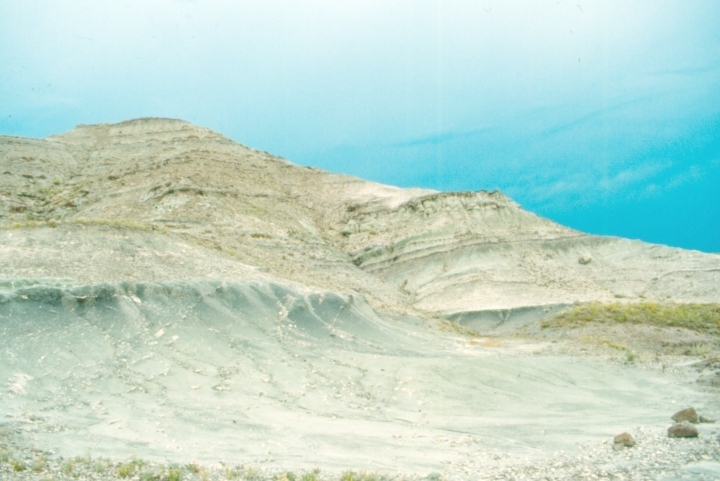
The Two Medicine Formation in Montana has yielded one of the most significant dinosaur nesting sites ever discovered, with over 200 Maiasaura nests identified across multiple layers of sediment. These nests, arranged in a colonial pattern with approximately 7-9 meters between each nest, suggest a highly organized breeding ground that was used repeatedly over generations. Each nest measured about 2 meters in diameter and consisted of mounded earth and vegetation, similar to modern crocodilian nests. Geological evidence indicates the area was once a floodplain with seasonal rainfall patterns, which would have provided ample vegetation for nest building and food. The preservation of these nesting grounds was likely due to volcanic ash falls and sediment from seasonal flooding, which rapidly buried and preserved the nests in exceptional detail. The spatial arrangement of nests, consistently maintained across different geological layers, suggests these dinosaurs returned to the same nesting grounds year after year, establishing what paleontologists now recognize as the first documented dinosaur rookery.
Egg and Nest Structure

Maiasaura nests have provided paleontologists with remarkable insights into dinosaur reproductive biology and nesting behavior. Each nest typically contained 30-40 eggs arranged in spiral patterns, suggesting careful placement by the mother. The eggs themselves were roughly spherical, measuring about 10-12 centimeters in diameter with porous shells that allowed gas exchange for the developing embryos. Unlike the eggs of some other dinosaur species that were partially buried, Maiasaura eggs appear to have been laid on the surface of vegetation mounds constructed specifically for this purpose. Analysis of nest materials suggests they consisted of rotting vegetation, which would have generated heat through decomposition, helping to incubate the eggs similar to modern megapode birds. The structure of the nests, with their bowl-like depressions and raised rims, likely helped prevent eggs from rolling away while also providing protection from predators and environmental elements. This sophisticated nest architecture represents one of the earliest examples of complex reproductive strategies in vertebrate evolution.
Evidence of Parental Care

The revolutionary aspect of Maiasaura discoveries lies in the compelling evidence for post-hatching parental care, unprecedented among dinosaurs before this find. Juvenile specimens discovered in and around nests show worn teeth indicative of feeding rather than consuming yolk reserves, suggesting they remained in the nest while adults provided food. Bone histology of these juveniles reveals rapid early growth rates that would have been impossible without significant parental provisioning. The nest structure itself shows signs of regular maintenance and the presence of trampled areas around nests suggests frequent adult visitation. Perhaps most convincingly, the discovery of juveniles too large to have recently hatched but too small to fend for themselves indicates extended family associations beyond the immediate hatching period. Analysis of leg bone development in juveniles indicates they couldn’t walk effectively until reaching about 25% of adult size, making parental protection and feeding essential for survival. This suite of evidence collectively paints a picture of dinosaur parents actively involved in raising their young, challenging the reptilian abandonment model previously assumed for all dinosaurs.
Growth Patterns of Maiasaura Young
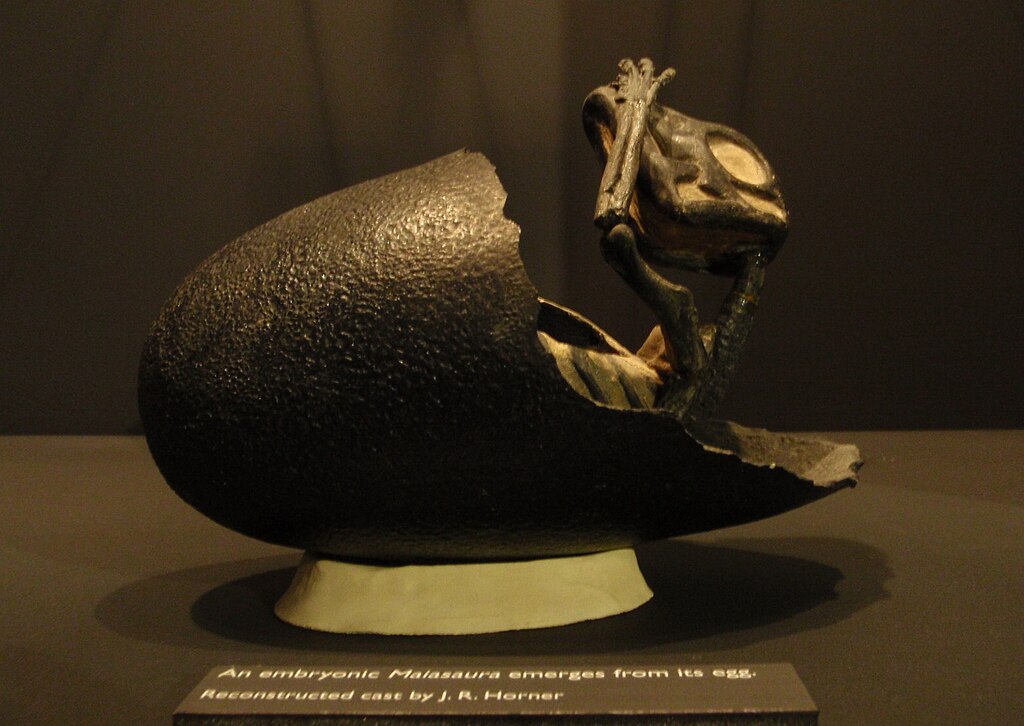
Detailed studies of Maiasaura fossils have revealed fascinating insights into how quickly these dinosaurs grew from helpless hatchlings to independent juveniles. Examinations of bone microstructure show that newly hatched Maiasaura measured approximately 30 centimeters (1 foot) in length and likely weighed less than a kilogram. During their first year of life, these dinosaurs exhibited extraordinary growth rates, increasing their body mass by roughly 1,000-1,500 times before reaching adolescence. Histological analysis of leg bones shows dense networks of blood vessels and fibrolamellar bone tissue, indicators of rapid growth comparable to modern birds and mammals rather than reptiles. By examining growth rings in bones (similar to tree rings), paleontologists have determined that Maiasaura reached adult size in approximately 7-8 years, a remarkably short time for such a large animal. This accelerated growth pattern supports the theory that these dinosaurs had elevated metabolic rates more similar to warm-blooded animals, further distinguishing them from the cold-blooded reptile model once applied to all dinosaurs.
Social Structure and Herd Behavior
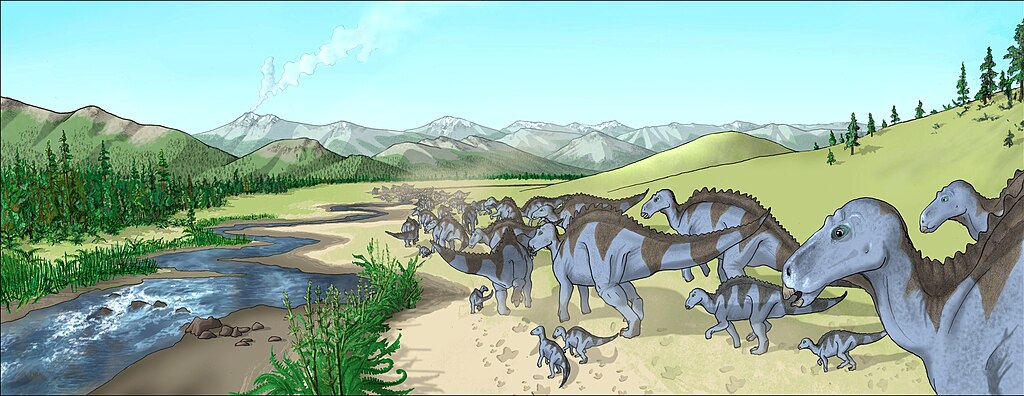
The colonial nesting patterns of Maiasaura provide compelling evidence that these dinosaurs lived in large social groups with complex interactions. Based on the density and distribution of nesting sites, paleontologists estimate that Maiasaura herds may have numbered in the thousands, creating massive dinosaur “nurseries” during breeding seasons. Trackway evidence discovered in similar hadrosaurid species suggests these dinosaurs traveled in age-segregated groups, with adults protecting younger individuals positioned in the center of the herd. The consistent spacing between nests indicates a social understanding of territory and resource sharing among nesting females. Paleontologists theorize that this gregarious behavior offered significant evolutionary advantages, including protection from predators through safety in numbers and the sharing of parental duties. The presence of multiple generations in close proximity suggests knowledge transfer may have occurred between experienced adults and younger dinosaurs, potentially including learned behaviors related to migration routes, feeding grounds, or predator avoidance strategies. This level of social complexity places Maiasaura among the most socially sophisticated dinosaurs currently known.
Diet and Feeding Behavior
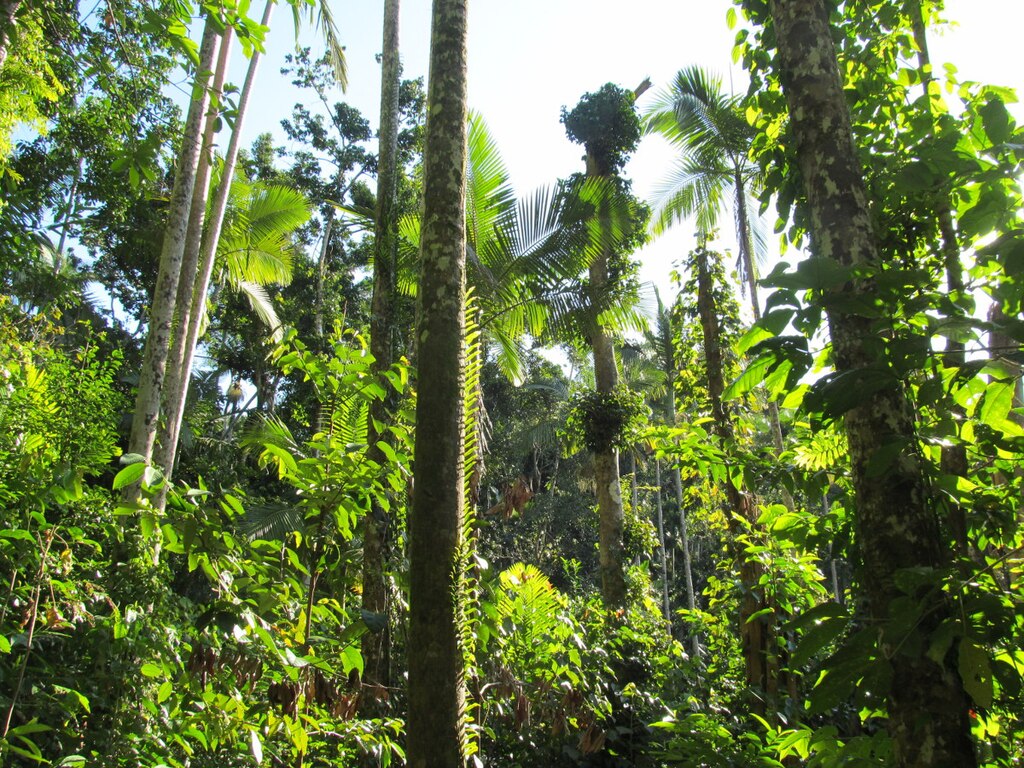
As members of the hadrosaur family, Maiasaura were specialized herbivores exquisitely adapted for processing plant material. Their complex dental batteries consisted of hundreds of teeth packed tightly together, forming continuous grinding surfaces that were constantly replaced as they wore down. Microscopic wear patterns on fossilized teeth suggest these dinosaurs primarily fed on tough, fibrous vegetation, including conifers, cycads, and early flowering plants that dominated their Late Cretaceous environment. Studies of coprolites (fossilized feces) associated with hadrosaur sites have revealed particles of various plant tissues, confirming a diverse plant diet. Maiasaura’s feeding strategy likely involved cropping vegetation with their broad, duck-like bills, then processing food with their sophisticated chewing apparatus before swallowing. Their height and ability to rear up on hind legs would have allowed them to browse vegetation at different levels, from ground cover to lower branches of trees. Isotopic analysis of tooth enamel suggests seasonal variations in diet, indicating these dinosaurs adapted their feeding behaviors to changing food availability throughout the year.
Maiasaura’s Habitat and Environment
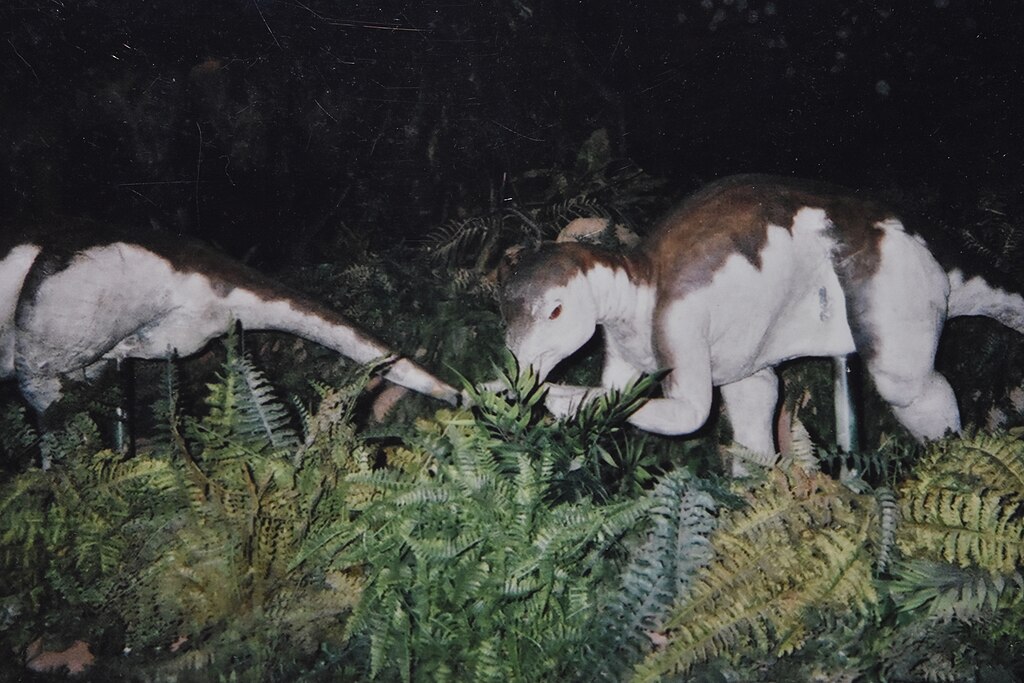
During the Late Cretaceous period, approximately 76.7 to 75.5 million years ago, Maiasaura inhabited what is now the Two Medicine Formation in Montana, but the landscape then was dramatically different from today’s Rocky Mountain region. Geological and paleobotanical evidence indicates Maiasaura lived in a seasonally wet, subtropical environment situated on a coastal plain west of a shallow inland sea that divided North America. The climate featured distinct wet and dry seasons, with average temperatures considerably warmer than modern Montana. Fossil flora recovered from the same formation reveal an environment dominated by conifer forests, ferns, early angiosperms (flowering plants), and extensive open areas with low-growing vegetation. The region experienced occasional volcanic activity, with ash falls that ultimately helped preserve the exceptional fossil record found today. Rivers and streams crisscrossed the landscape, providing crucial water resources during dry seasons and creating the floodplains where Maiasaura established their nesting colonies. This diverse ecosystem supported a rich dinosaur community, with Maiasaura sharing their habitat with other dinosaur species including Einiosaurus, Hypacrosaurus, and the predatory Daspletosaurus, a relative of Tyrannosaurus rex.
Predators and Threats

Despite their impressive size and strength in numbers, Maiasaura faced significant predation pressure in their Late Cretaceous environment. The primary threat came from large theropod dinosaurs, particularly Daspletosaurus, a tyrannosaurid predator reaching lengths of up to 9 meters (30 feet) that inhabited the same region. Fossilized Maiasaura bones occasionally show tooth marks consistent with tyrannosaurid bites, providing direct evidence of predation. Smaller but numerous predators like Troodon, a highly intelligent small theropod, likely targeted Maiasaura eggs and juveniles, driving the evolution of colonial nesting as a defense strategy. Beyond dinosaurian threats, early mammals and reptiles probably opportunistically preyed on eggs and hatchlings when unattended. Environmental hazards such as seasonal flooding, droughts, forest fires, and volcanic activity posed additional survival challenges. The nesting colonies themselves, while offering protection through numbers, also created concentrated targets for predators and may have facilitated the spread of diseases or parasites. These multifaceted threats likely drove the evolution of Maiasaura’s sophisticated parental care strategies and social structures as adaptations to increase offspring survival rates.
Extinction and Legacy
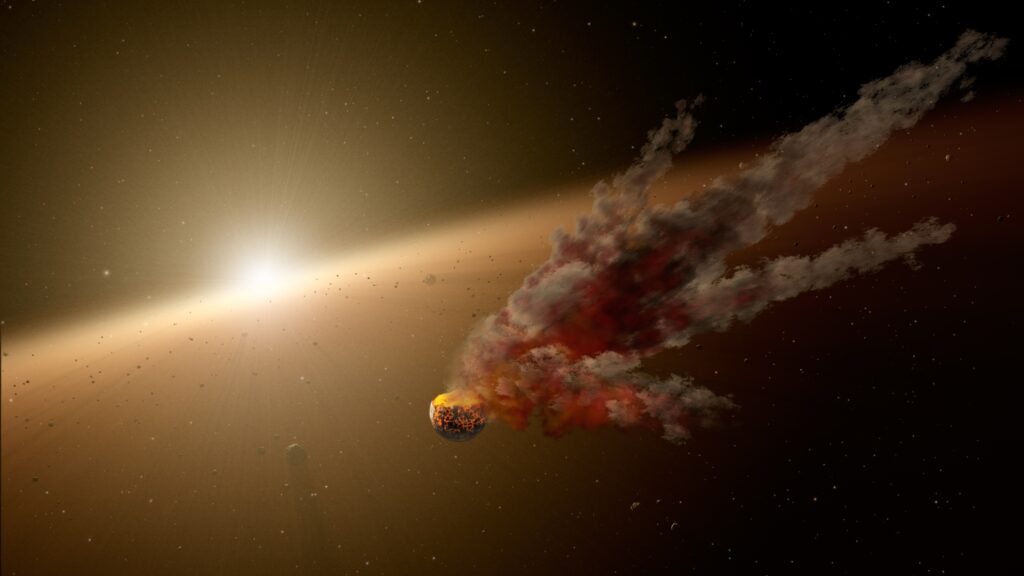
Like all non-avian dinosaurs, Maiasaura disappeared during the mass extinction event at the end of the Cretaceous period, approximately 66 million years ago. This catastrophic extinction, triggered by a massive asteroid impact combined with increased volcanic activity, eliminated approximately 75% of all species on Earth. Maiasaura’s lineage had thrived for millions of years before being abruptly terminated along with their dinosaurian relatives. Despite their extinction, the legacy of Maiasaura continues through their exceptional fossil record, which has fundamentally transformed our understanding of dinosaur biology and behavior. The species name “good mother lizard” remains a fitting tribute to their revolutionary contribution to paleontology. Montana recognized this significance by designating Maiasaura as the official state fossil in 1985, acknowledging both the dinosaur’s scientific importance and its discovery within the state. Today, Maiasaura serves as a powerful reminder that even creatures separated from us by 76 million years can surprise us with behaviors reminiscent of modern animals, collapsing the perceived distance between our world and the ancient past.
Cultural Impact and Public Fascination
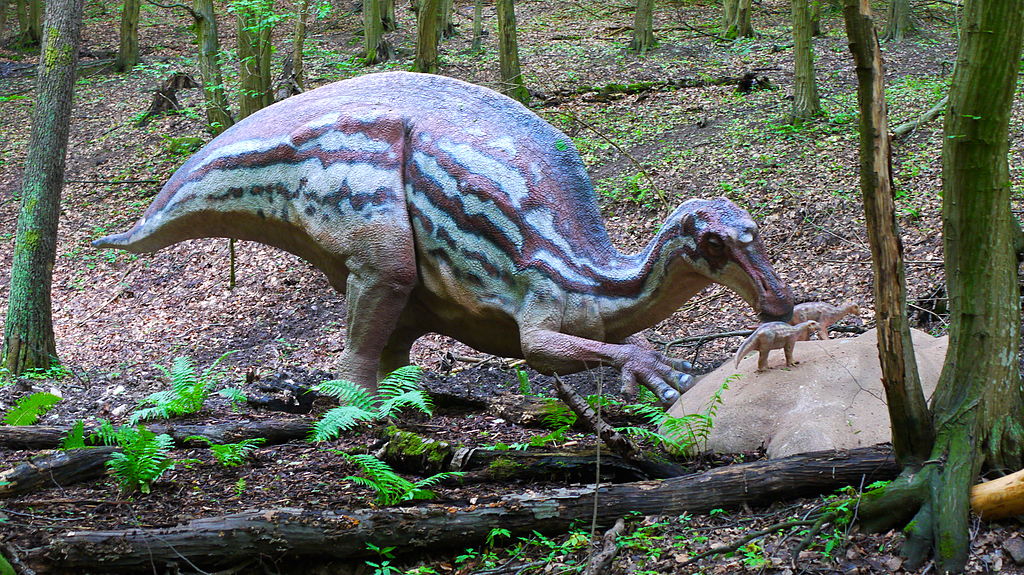
The discovery of Maiasaura fundamentally changed both scientific and public perceptions of dinosaurs, transforming them from cold, reptilian monsters to complex, social animals with sophisticated behaviors. This paradigm shift is reflected in how dinosaurs have been portrayed in popular media since the 1980s, with films like “The Land Before Time” featuring nurturing dinosaur parents directly influenced by Maiasaura discoveries. Museum exhibits worldwide now routinely showcase Maiasaura nests and family groups, making them among the most recognizable dinosaur displays for the general public. The Egg Mountain discovery site has become a paleontological landmark, drawing researchers and dinosaur enthusiasts from around the world to Montana. Educational programs frequently use Maiasaura as a teaching tool to illustrate concepts of evolution, adaptation, and parenting strategies across species. The story of Maiasaura continues to resonate with the public because it creates an emotional connection to these ancient creatures through the universal experience of parental care, demonstrating that the fundamental drive to protect and nurture offspring extends deep into evolutionary history.
Modern Research and New Discoveries

Research on Maiasaura continues to evolve as new technologies and methodologies enable paleontologists to extract more information from existing fossils. Advanced imaging techniques like micro-CT scanning now allow scientists to examine embryonic remains within eggs without damaging specimens, revealing developmental patterns previously invisible. Geochemical analyses of fossil bones using stable isotopes provide insights into Maiasaura’s diet, growth rates, and environmental conditions with unprecedented precision. Recent histological studies examining bone microstructure have refined our understanding of Maiasaura growth patterns, suggesting they reached sexual maturity before attaining full adult size, similar to many modern mammals. Ongoing fieldwork in the Two Medicine Formation continues to unearth new specimens, with a particularly exciting 2019 discovery of articulated juvenile specimens preserving soft tissue impressions that may reveal details about skin texture and external appearance. Comparative studies with related hadrosaurs from Asia and other parts of North America are helping paleontologists understand how parental care evolved across the hadrosaurid family. These continuing investigations ensure that even decades after their initial discovery, Maiasaura remains at the forefront of paleontological research into dinosaur behavior and biology.
Conclusion: What Maiasaura Teaches Us About Evolution
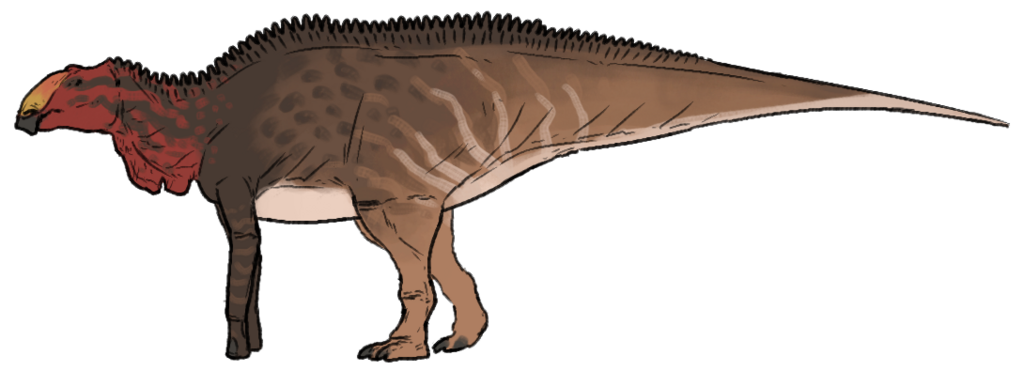
Maiasaura stands as one of paleontology’s most enlightening case studies, demonstrating how careful analysis of the fossil record can overturn long-held assumptions about extinct animals. The discovery of these nurturing dinosaurs revealed that complex parental behaviors evolved independently multiple times throughout vertebrate history, highlighting evolutionary convergence in response to similar selective pressures. By bridging the perceived gap between reptiles and birds, Maiasaura helped solidify our understanding of the evolutionary relationship between dinosaurs and modern avian species. Their colonial nesting and social behaviors suggest that the advantages of group living drove the evolution of complex social structures long before mammals dominated terrestrial ecosystems. Perhaps most importantly, Maiasaura reminds us that evolution doesn’t just shape physical traits but also behaviors and life histories, creating diverse solutions to the universal challenge of reproductive success. As we continue studying these remarkable dinosaurs, they serve as ambassadors from the deep past, teaching us that the fundamental aspects of care, protection, and nurturing that we value in our own societies have ancient roots stretching back tens of millions of years before humans walked the Earth.

